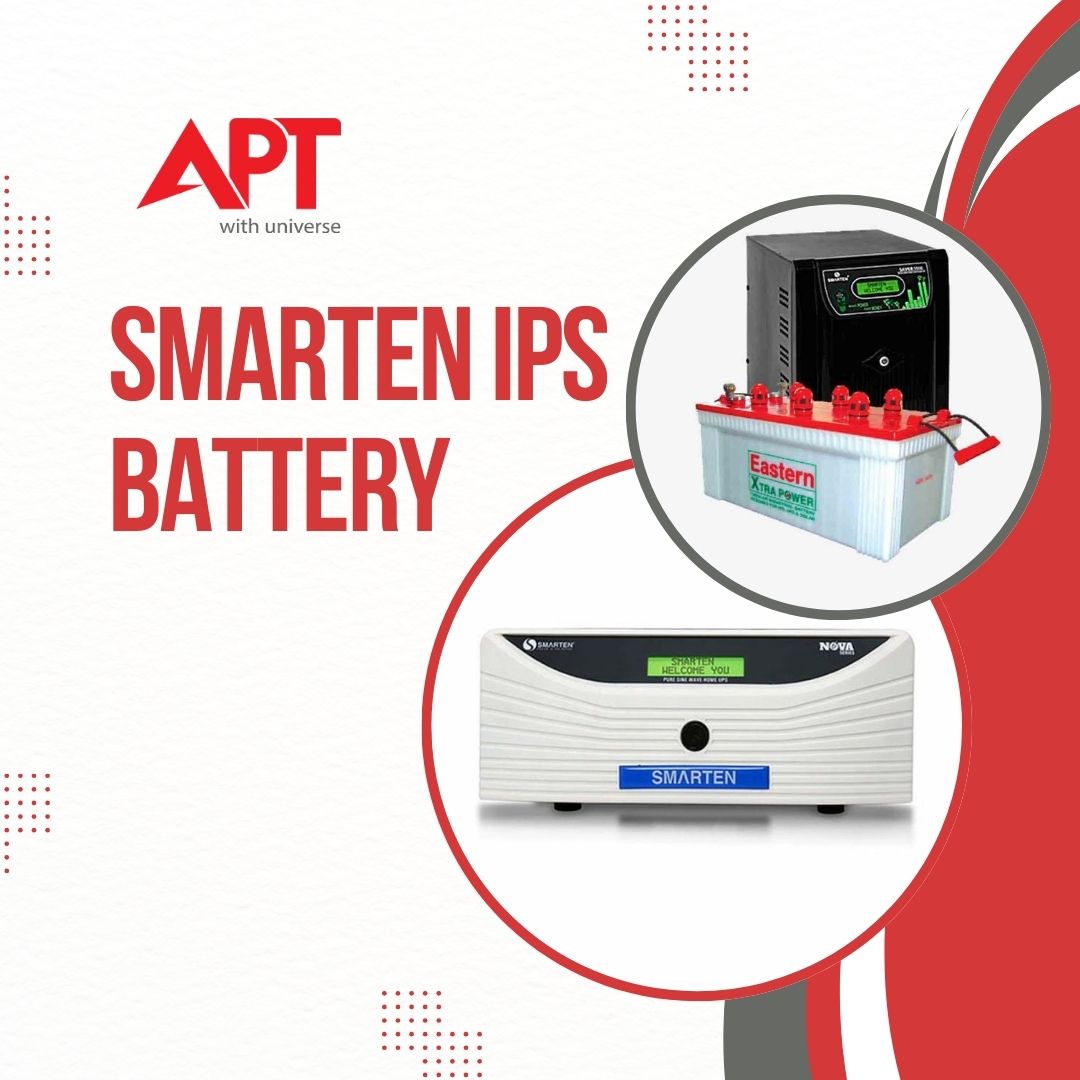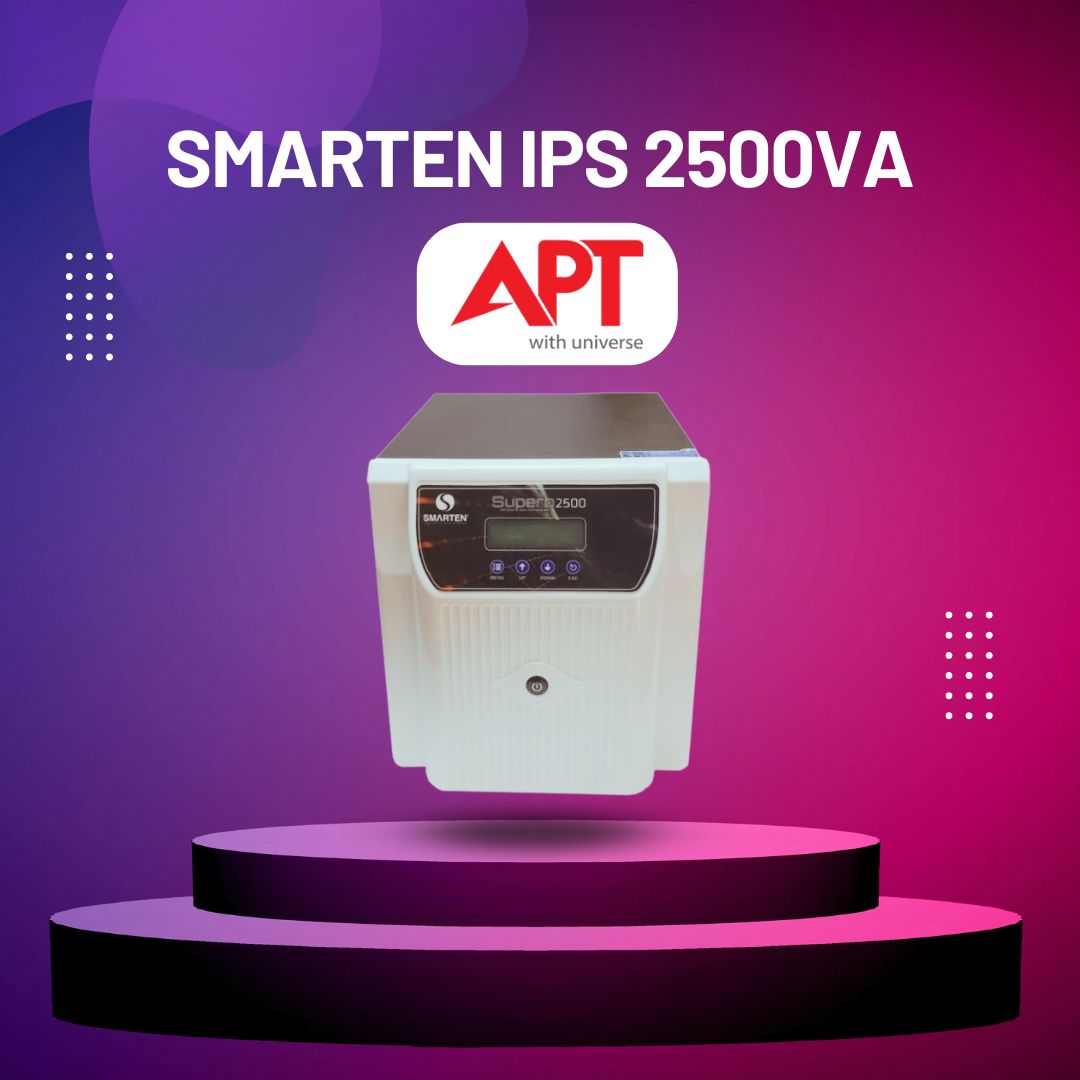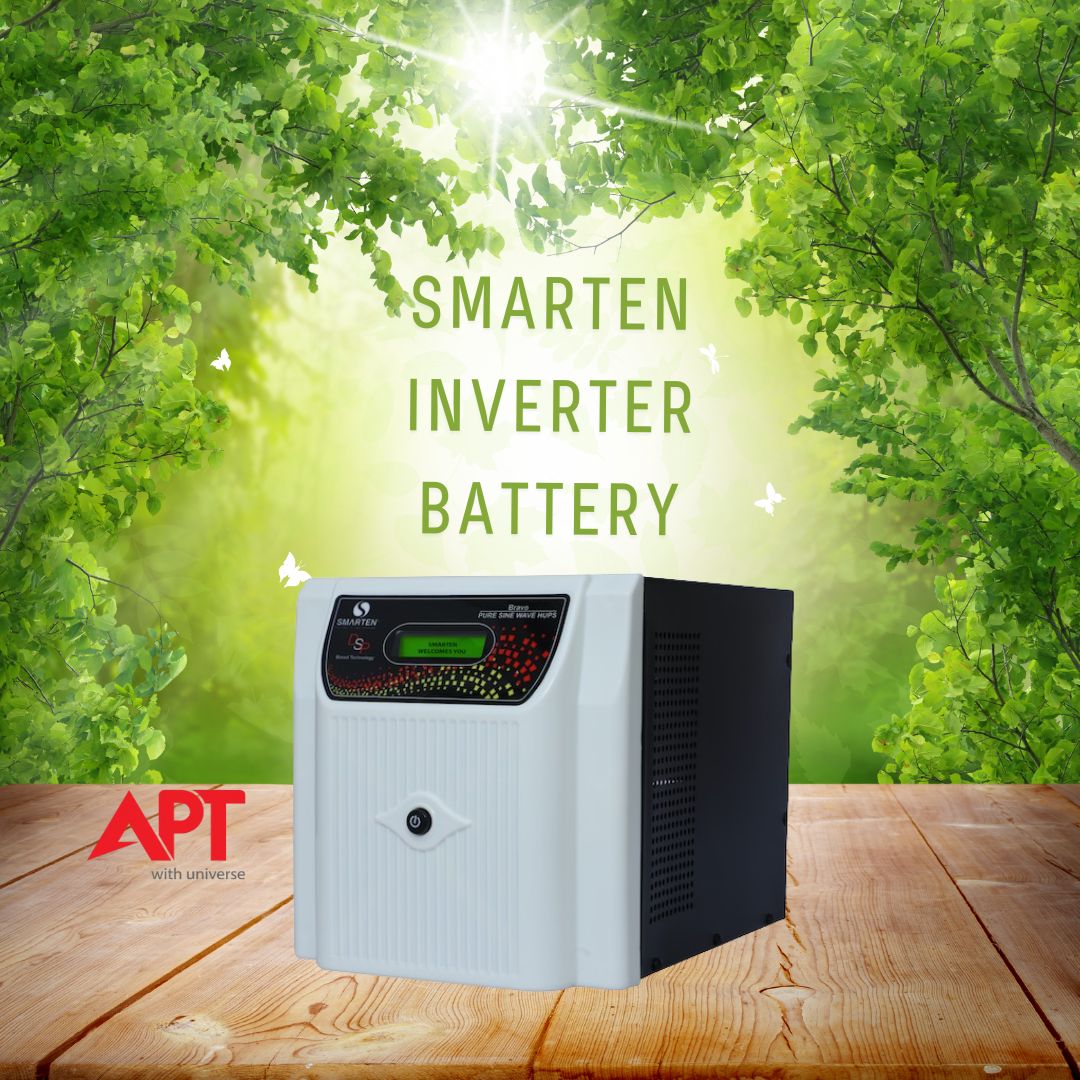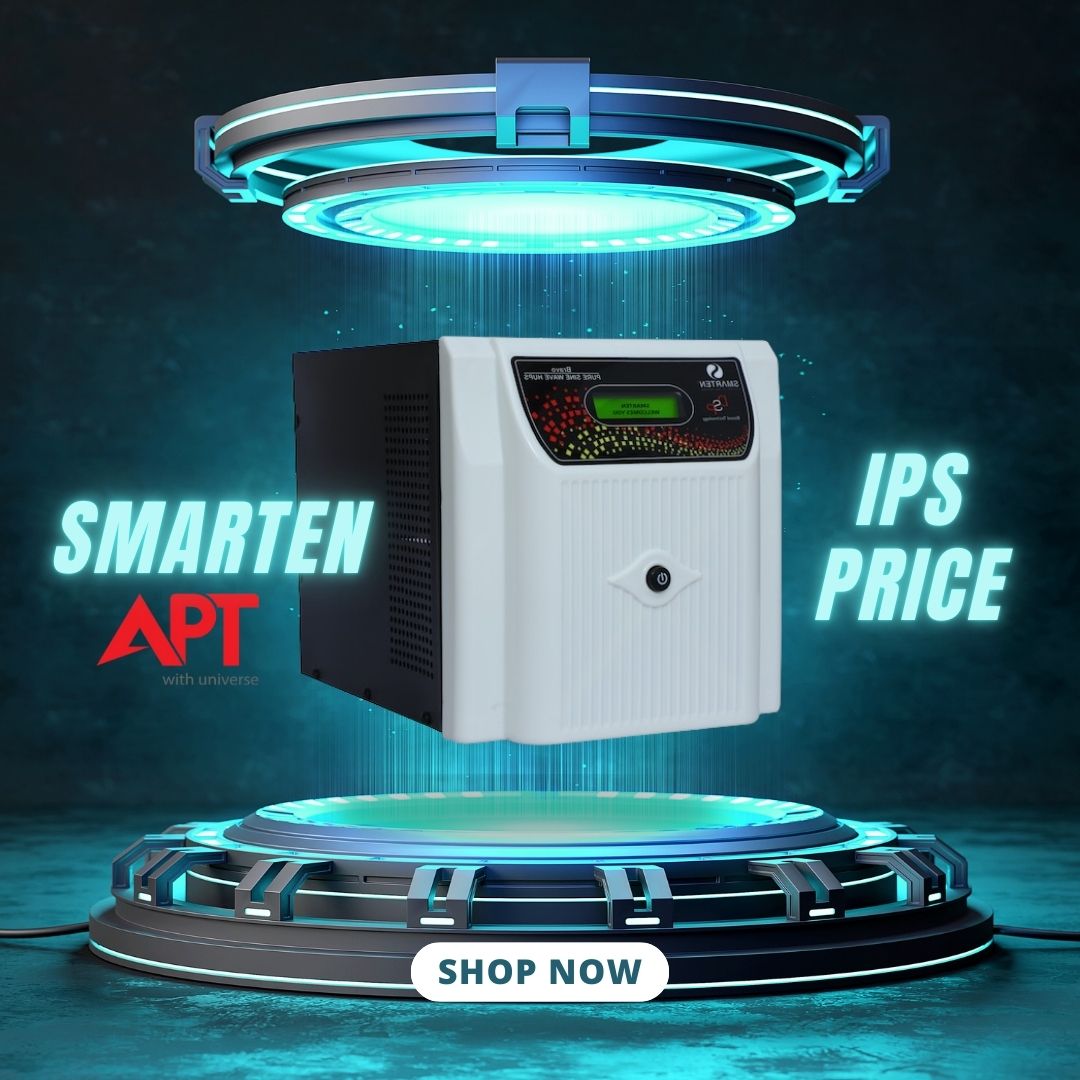In regions with frequent power outages, having a reliable power backup solution like the Smarten IPS (Instant Power Supply) system is essential. While these systems are designed for durability and consistent performance, their longevity depends on how well the battery status is maintained. The Smarten IPS battery is the system’s heart, storing and delivering power during outages. However, the battery can only improve efficiency with proper care, leading to shorter backup times and a reduced lifespan.
Regular maintenance ensures that your battery operates at its best and prevents unexpected failures when you need power the most. This blog will walk you through essential maintenance tips to help you maximize the lifespan and performance of your Smarten IPS battery. From understanding the type of battery you have to regular cleaning, monitoring, and following manufacturer guidelines, these simple practices can make a significant difference. You can enjoy a seamless and reliable power backup experience for years by investing a little time in proper upkeep.
Understand Your IPS Battery Type
Before diving into maintenance, it’s vital to understand the type of battery used in your Smarten IPS system. Common types include lead-acid, tubular, and lithium-ion batteries. Each type has unique features, maintenance needs, and lifespan. For instance, lead-acid batteries need regular electrolyte checks, while lithium-ion batteries are low-maintenance but may require specific charging protocols. Knowing your battery type will help you follow the correct maintenance practices, preventing unnecessary damage and prolonging its life.
Install the Battery in a Proper Location
The location of your IPS battery can significantly impact its performance and longevity. Choose a cool, dry, and well-ventilated area for installation. Avoid placing the battery in direct sunlight, near heat sources, or damp environments, as extreme temperatures and humidity can degrade the battery’s performance and lead to premature failure. Proper ventilation ensures that any gases released during charging dissipate safely, reducing the risk of overheating and other hazards.
Regularly Check and Maintain the Electrolyte Level
For lead-acid and tubular batteries, maintaining the correct electrolyte level is essential. Low electrolyte levels can lead to reduced battery efficiency and irreversible damage. Check the electrolyte level at least once a month and top it up with distilled water if needed. Be careful not to overfill, as this can cause spillage during charging. Using distilled water is essential because it prevents mineral buildup, which can affect battery performance. When handling electrolytes, always follow safety precautions, such as gloves and goggles.
Prevent Overcharging and Deep Discharging
Overcharging and deep discharging are two of the most common causes of reduced battery life. Overcharging can cause the battery to overheat and damage its internal components, while deep discharging can lead to a complete discharge, making it difficult to recharge. Most Smarten IPS systems have built-in charge controllers to prevent overcharging, but monitoring the charging process and disconnecting the battery if it’s fully charged is essential. Similarly, avoid running your battery down to zero; it’s best to recharge it when it reaches 20-30% capacity.
Perform Regular Cleaning and Inspection
Dirt, dust, and corrosion can accumulate on battery terminals over time, affecting connectivity and performance. Regularly clean the terminals with a dry cloth and use a brush to remove any buildup of corrosion. You can also apply a thin layer of petroleum jelly to the terminals to prevent corrosion. Inspect the battery case for any swelling, leakage, or damage, which may indicate internal issues. Regular cleaning and inspection help ensure optimal electrical conductivity and reduce the risk of short circuits.
Monitor Battery Voltage and Health
Keeping track of your battery’s mains voltage and overall health can help you identify potential issues before they escalate. Use a multimeter to check the battery voltage periodically. A fully charged lead-acid battery should have a voltage of around 12.6-12.8V, while a discharged one will read around 11.8V or lower. A consistently low voltage could indicate a problem with the battery’s health or the charging system. Some Smarten IPS models come with built-in diagnostic tools or mobile apps to monitor battery health, making detecting and addressing issues easier.
Optimize Charging Time and Usage Cycles
Optimizing your IPS battery’s charging time and usage cycles can significantly enhance its lifespan. Avoid charging the battery for extended periods, as this can lead to overheating and reduce efficiency. Instead, follow a consistent charging schedule and ensure the battery gets enough time to charge fully before use. Additionally, avoid draining the battery too quickly by balancing your power load. Proper management of charging and usage cycles ensures the battery remains in good condition, delivering consistent performance.
Avoid Leaving the Battery Unused for Long Periods
Batteries degrade faster when left unused for long periods. If you plan to store your Smarten IPS battery, ensure it’s fully charged. Periodically recharge the battery during storage to prevent it from completely discharging, which can lead to sulfation (in lead-acid batteries) and permanent damage. Store the battery in a cool, dry place, and avoid stacking heavy objects on top of it, as this can cause physical damage to the casing and terminals.
Replace Batteries When Necessary
Even with the best maintenance, all batteries have a finite lifespan. On average, lead-acid batteries last 3-5 years, while lithium-ion batteries can last up to 10 years or more. If you notice a significant drop in performance, reduced backup time, or swelling of the battery case, it’s time to consider replacing the battery. Continuing to use a worn-out battery can lead to safety hazards and may damage your IPS system. Investing in a new battery will ensure reliable performance and safety for your power backup needs.
Follow the Manufacturer’s Guidelines
Every battery manufacturer provides specific guidelines for usage and maintenance, which should be followed diligently. The Smarten IPS system may have unique requirements based on the battery type and capacity. Read the manual carefully and adhere to the manufacturer’s charging, installation, and maintenance recommendations. Ignoring these guidelines can void the warranty and lead to potential damage, costing you more in the long run.
Conclusion
Maintaining your Smarten IPS battery properly is essential for long-lasting, reliable performance. Regular checks on electrolyte levels, careful management of charging and discharging, and ensuring a clean and well-ventilated installation area can significantly extend the battery’s lifespan. It’s also crucial to follow manufacturer guidelines, regularly inspect the battery for signs of damage, and replace it when necessary to prevent any risks or inefficiencies.
By implementing these maintenance tips, you can avoid common issues like overcharging, deep discharging, and corrosion, ensuring your battery delivers optimal backup power when needed. Remember, a well-maintained battery saves you money by reducing replacement frequency and provides peace of mind during unexpected power outages.
For more information on Smarten IPS batteries and related products, visit APT Powers.





